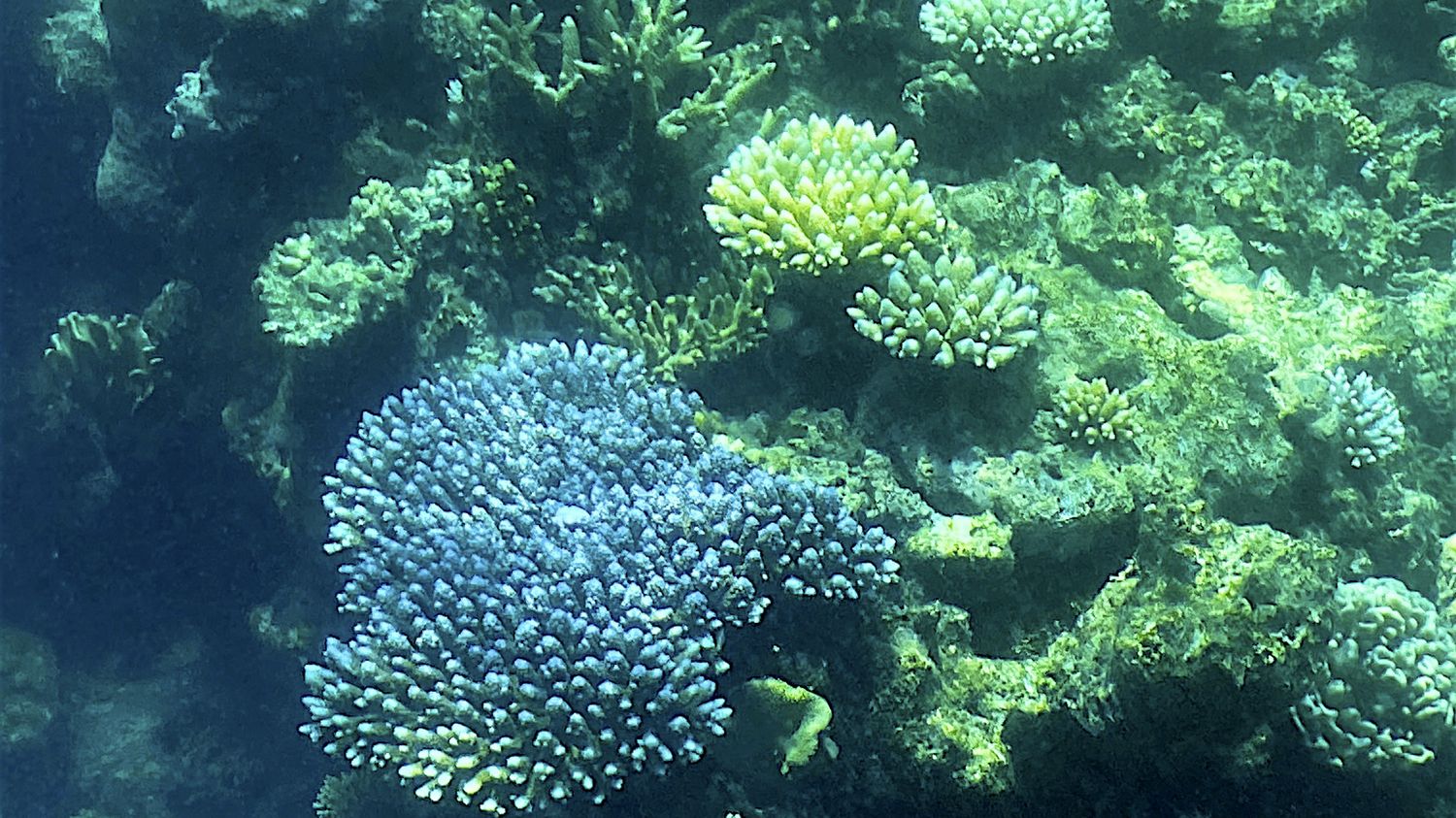It’s not just the Mediterranean Sea that is currently breaking temperature records. On the other side of the world, in Australia, the waters around the Great Barrier Reef have been recording the highest temperatures in 400 years over the past 10 years. This is the conclusion of a study published in the journal Nature.

Published
Reading time: 2 min

To establish this observation, the Australian researchers worked with samples of coral preserved since the beginning of the 17th century. Since these animals are very reactive to their environment, it is possible, by studying them, to find the temperatures in which they bathed. Conclusion: if the temperatures were relatively stable before 1900, the scientists noted that the sea has warmed by 0.12 degrees Celsius per year on average since 1960 with an even greater increase over the last ten years.
With the first, very visible effect of bleaching corals.
Yes, it is a well-known phenomenon: when coral in warm seas is subjected to too much stress, such as a sudden rise in temperatures, it expels the micro-algae it shelters and thus loses its colour. Above all, it is weakened, it develops and reproduces much more slowly and becomes very sensitive to diseases that can be fatal. On the Great Barrier Reef, which is considered the largest living structure in the world, with a length of 2,300 km, these massive bleaching events have been observed since 1998 with varying levels. This year, for example, which was particularly harsh, 81% of the corals on the barrier were affected. It will take several months for scientists to know what proportion will be able to survive, but the repetition of these episodes of decline does not encourage optimism, as the coral does not have time to adapt.
A heavy impact on biodiversity
The Great Barrier Reef alone is home to more than 600 species of coral out of the 800 known and more than 1,600 species of fish that find refuge and food there. All over the world, these coral reefs are a kind of oases. They only cover 0.1% to 0.2% of the ocean surface but are home to around 30% of marine biodiversity. They also play a role in protecting the coasts by limiting erosion, not to mention the economic stakes, for tourism for example. These are therefore major ecosystems that are being hit hard by climate change with these increases in temperatures but also the acidification of the oceans. Not to mention our pollution. This obviously concerns Australia, whose Great Barrier Reef is listed as a World Heritage Site, but also France, which has the second largest barrier in the world, in New Caledonia.
